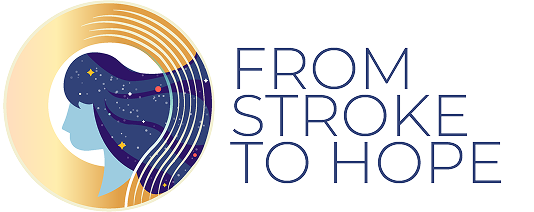A stroke is a medical emergency that requires immediate attention. The quicker you act, the better the chances of survival and recovery. Strokes happen when blood flow to the brain is disrupted, either by a clot (ischemic stroke) or a ruptured blood vessel (hemorrhagic stroke). The brain cells begin to die within minutes, so knowing the early warning signs and getting to the hospital fast is crucial. In this blog, we will discuss how to identify a stroke, why seeking emergency treatment is critical, and what happens at the hospital during initial care.
Recognizing the Early Signs of a Stroke
When a stroke happens, time is brain. Every second that blood flow is blocked, millions of brain cells die. This is why it’s vital to recognize the symptoms and act fast.
The FAST acronym is an easy way to remember the warning signs of a stroke:
- F – Face Drooping: If one side of the face droops or feels numb, it could be a stroke. Ask the person to smile—if the smile is uneven, that’s a red flag.
- A – Arm Weakness: One arm may feel weak or numb. Have the person raise both arms—if one drifts downward, it’s a sign of trouble.
- S – Speech Difficulty: Slurred or garbled speech, trouble forming words, or an inability to speak clearly are signs of a stroke. Ask them to repeat a simple sentence—if they struggle, seek help immediately.
- T – Time to Call 911: If any of these signs appear, don’t wait. Call emergency services right away.
Other stroke symptoms include:
- Sudden confusion
- Loss of vision in one or both eyes
- Dizziness or loss of coordination
- Severe headache with no known cause
- Numbness or weakness in the face, arms, or legs, especially on one side
Even if symptoms disappear after a few minutes, they shouldn’t be ignored. This could indicate a transient ischemic attack (TIA), also known as a “mini-stroke,” which often precedes a major stroke.
Getting Emergency Medical Treatment
If you suspect a stroke, don’t try to drive yourself or someone else to the hospital—call 911 immediately. Emergency responders are trained to provide care on the way to a stroke-ready hospital, which can save valuable time.
What Happens at the Hospital?
Once at the hospital, the medical team will act quickly to determine the type of stroke and begin treatment. The process typically includes:
- Immediate Evaluation: Doctors will check vital signs, assess symptoms, and take a medical history to determine when the symptoms began.
- Brain Imaging: A CT scan or MRI will be performed to identify whether the stroke is caused by a clot or a brain bleed.
- Blood Tests: These help detect clotting issues, blood sugar levels, and other factors that could affect treatment.
- Treatment Plan: The type of stroke dictates the next steps:
- Ischemic Stroke (Caused by a Blood Clot)
- The patient may receive tPA (tissue plasminogen activator), a powerful clot-busting drug that must be administered within 3-4.5 hours of symptom onset.
- In some cases, doctors perform a mechanical thrombectomy, which involves inserting a catheter through an artery to remove the clot.
- Hemorrhagic Stroke (Caused by Bleeding in the Brain)
- If the stroke is due to a ruptured blood vessel, doctors may perform emergency surgery to stop the bleeding.
- Medications may be given to reduce brain swelling and prevent further bleeding.
- In some cases, coiling or clipping procedures are used to repair the damaged blood vessel.
- Ischemic Stroke (Caused by a Blood Clot)
Throughout this process, the medical team will closely monitor the patient’s condition and begin preventive measures to reduce the risk of another stroke.
Why Getting to the Hospital Fast Is Crucial
Many people hesitate to seek help, thinking symptoms might go away. This is a deadly mistake. The longer a stroke goes untreated, the greater the risk of permanent disability or death.
The “Golden Hour” of Stroke Treatment
The first hour after a stroke is called the golden hour because rapid treatment leads to the best possible outcomes. Studies show that patients who receive medical attention quickly have a higher chance of survival and a greater likelihood of regaining lost abilities.
If tPA is administered in time or a clot is removed, some patients can recover fully with minimal lasting effects. However, if treatment is delayed, the brain damage may become permanent.
After Treatment: What Comes Next?
Once the immediate medical crisis has passed, the next step is rehabilitation and therapy to regain lost functions. Stroke recovery is a journey, and early intervention with therapy can greatly improve quality of life.
In our next blog, we will explore the different types of rehabilitation that help stroke survivors regain their independence, including physical therapy, cognitive therapy, music therapy, and more. Stay tuned for essential insights on the road to recovery!

